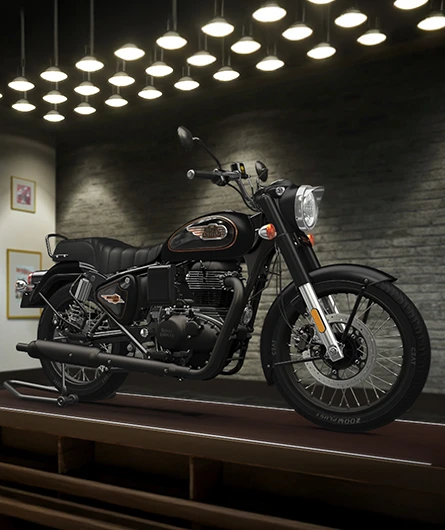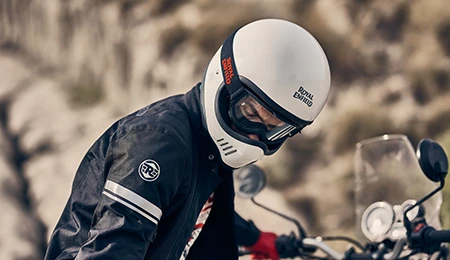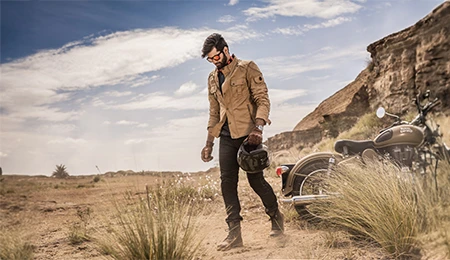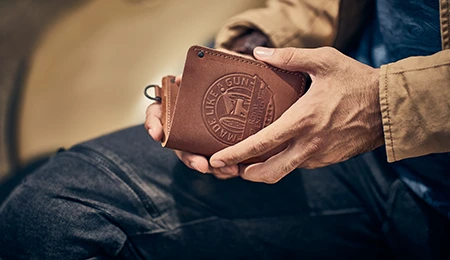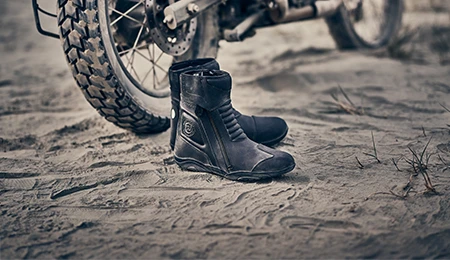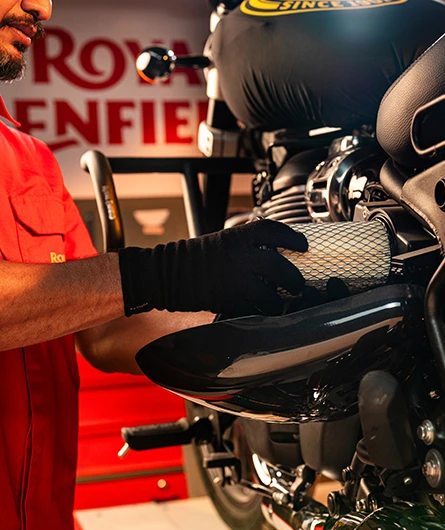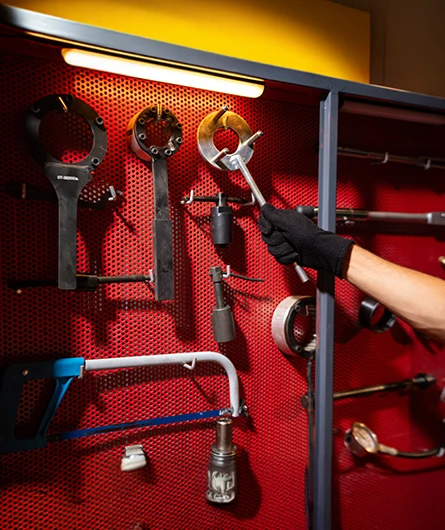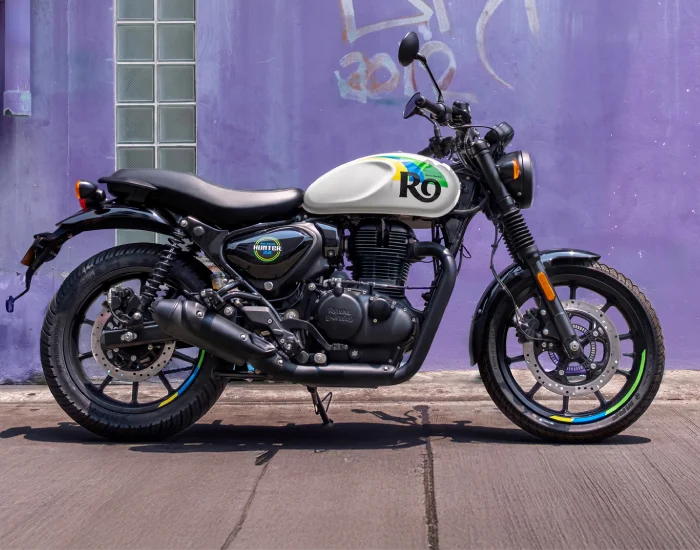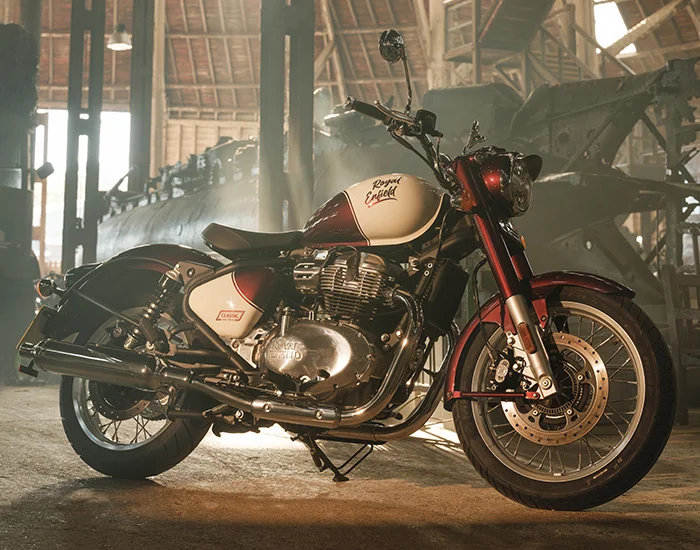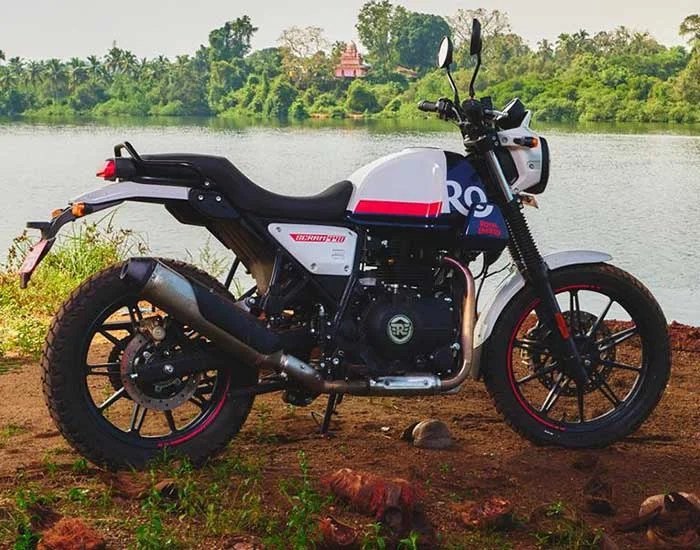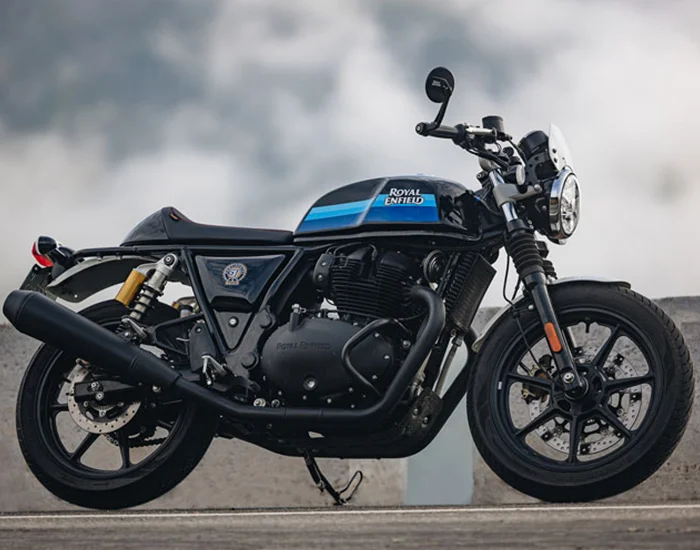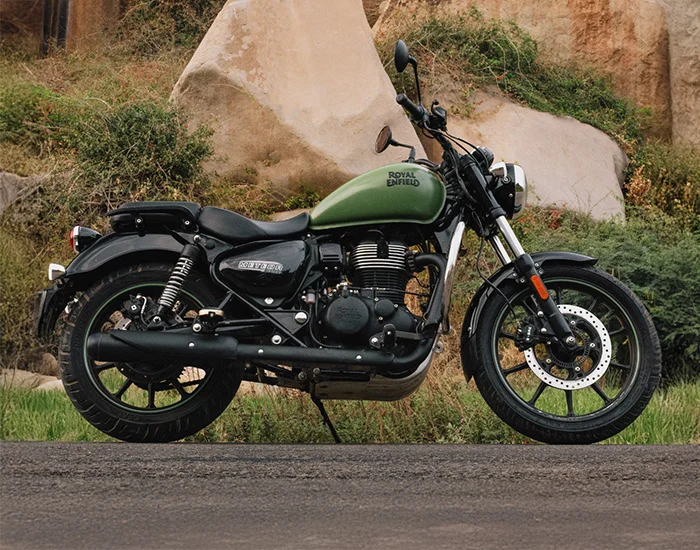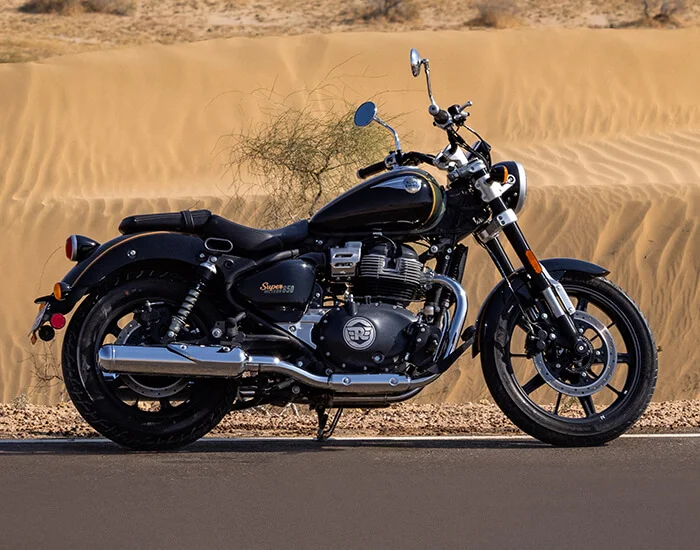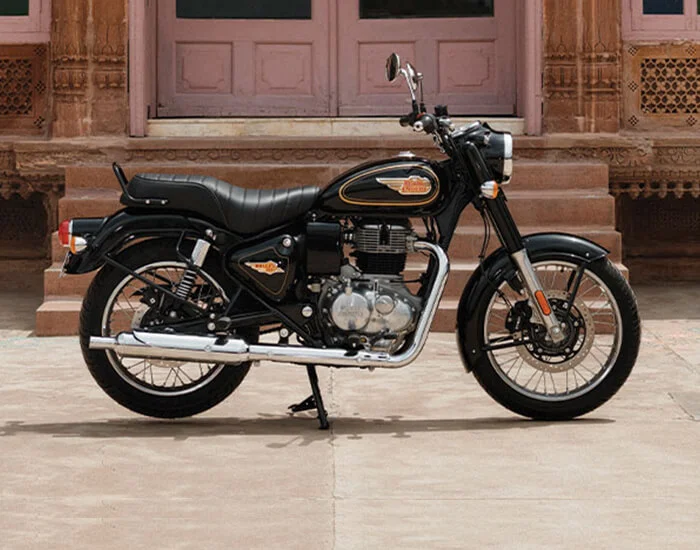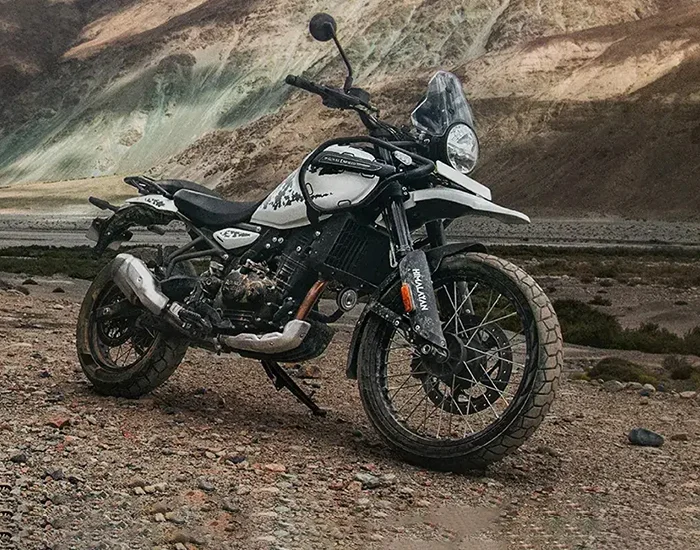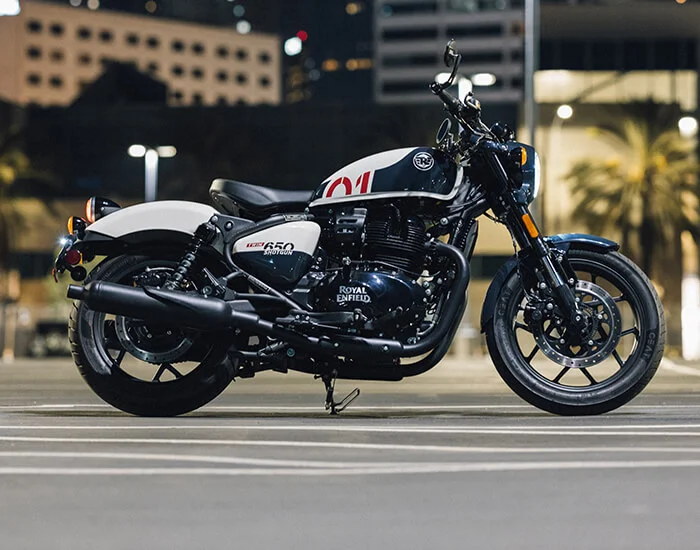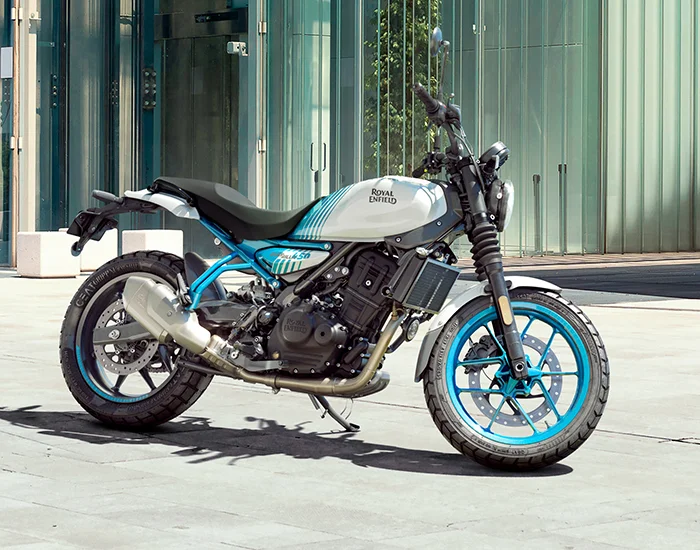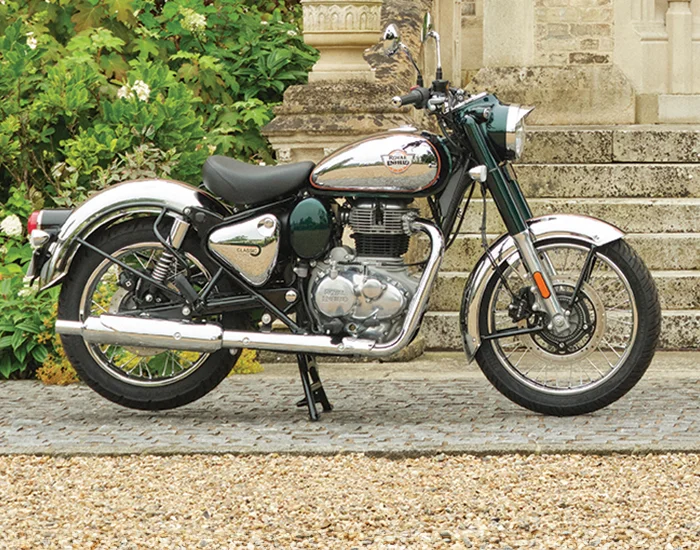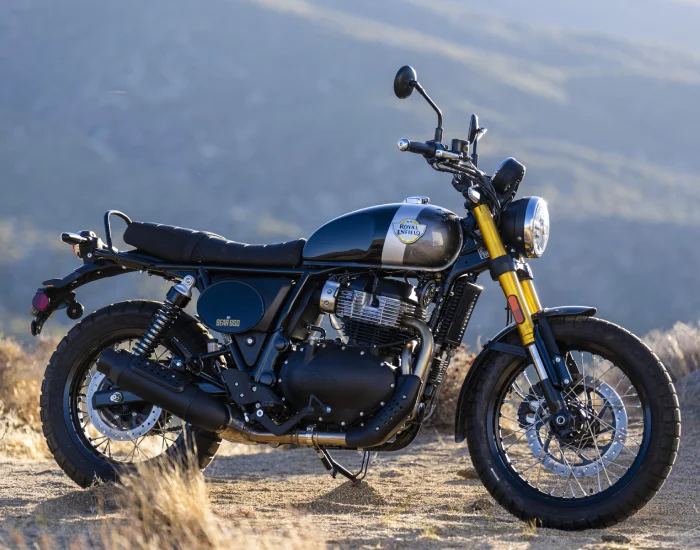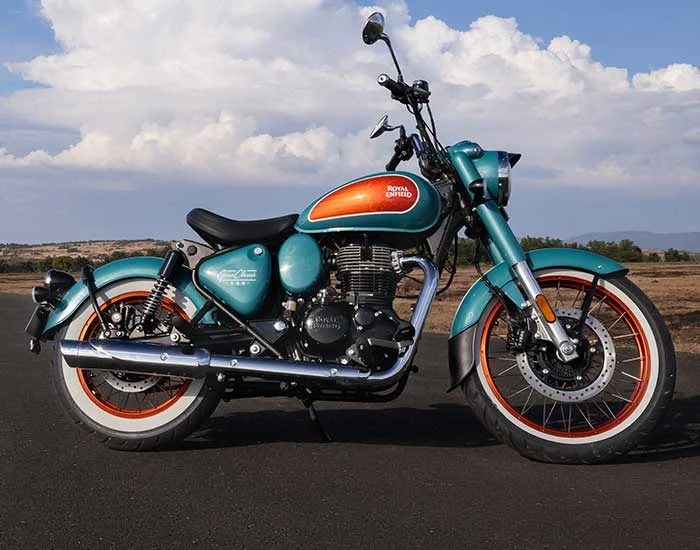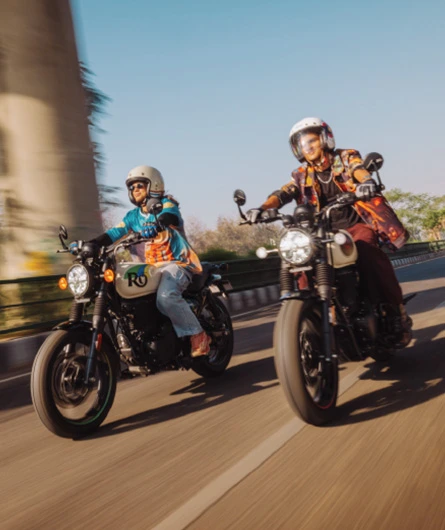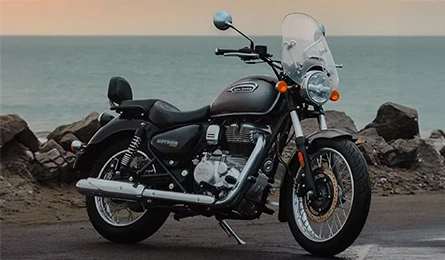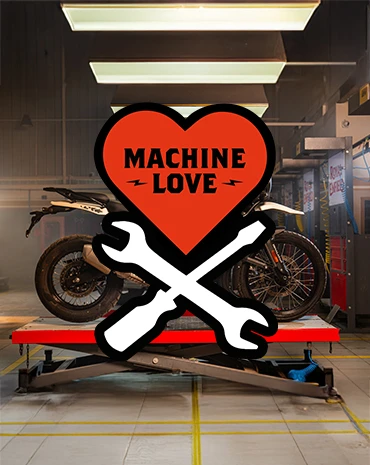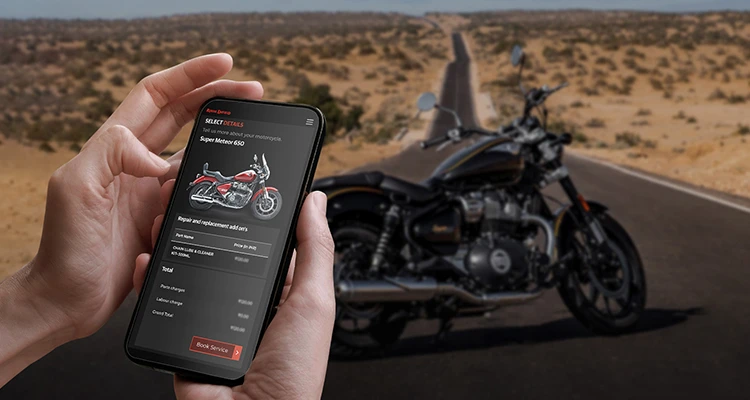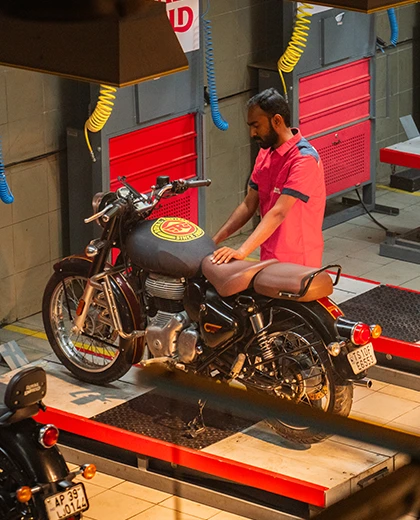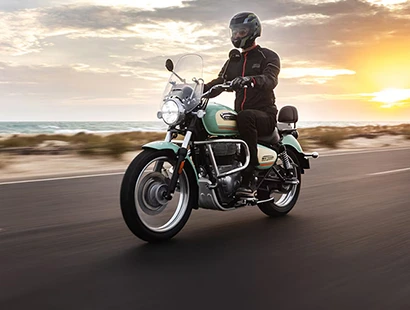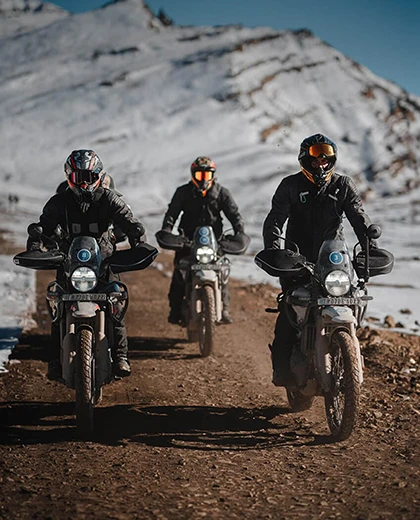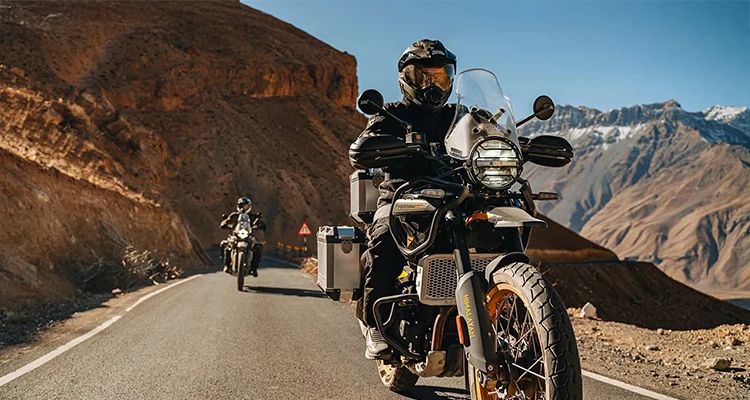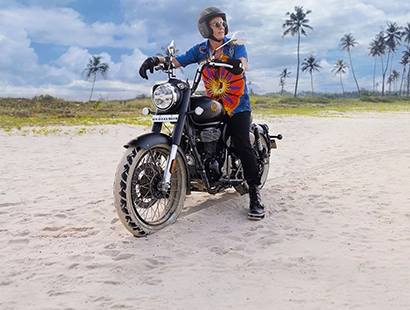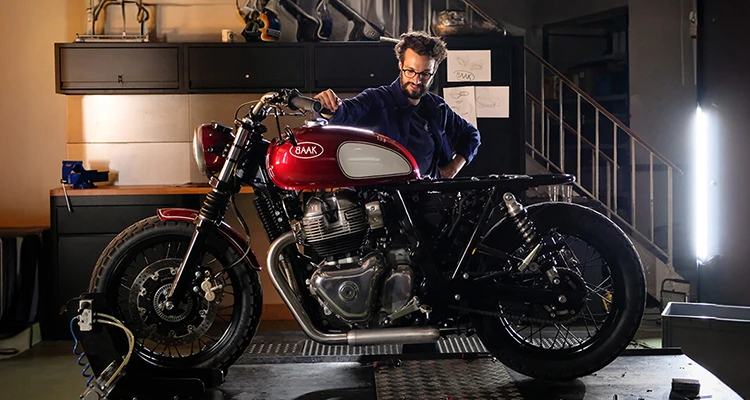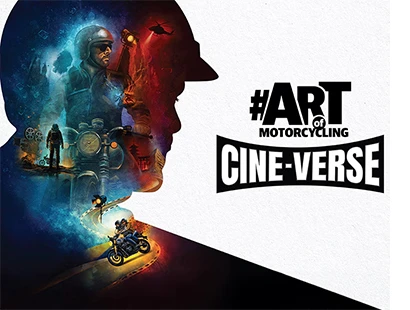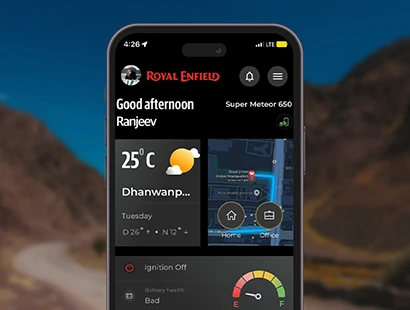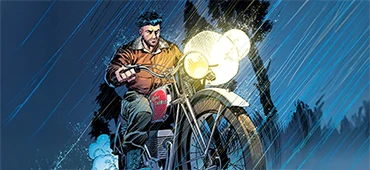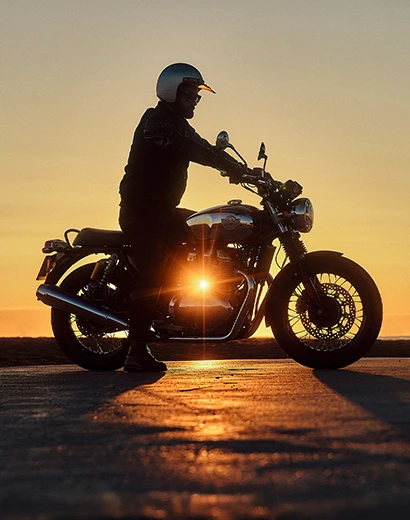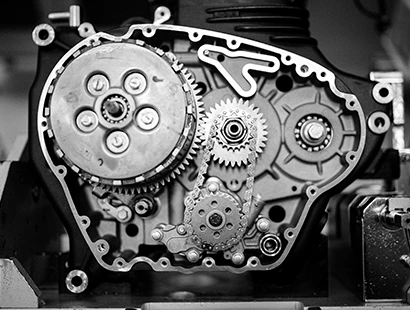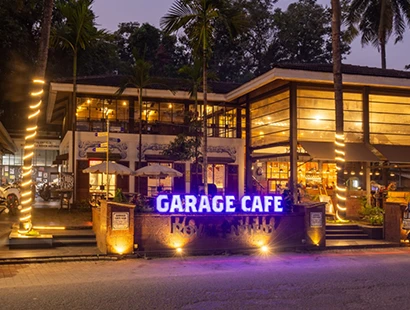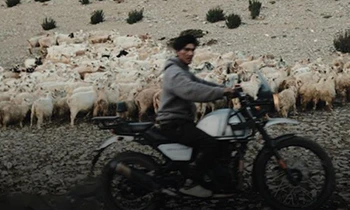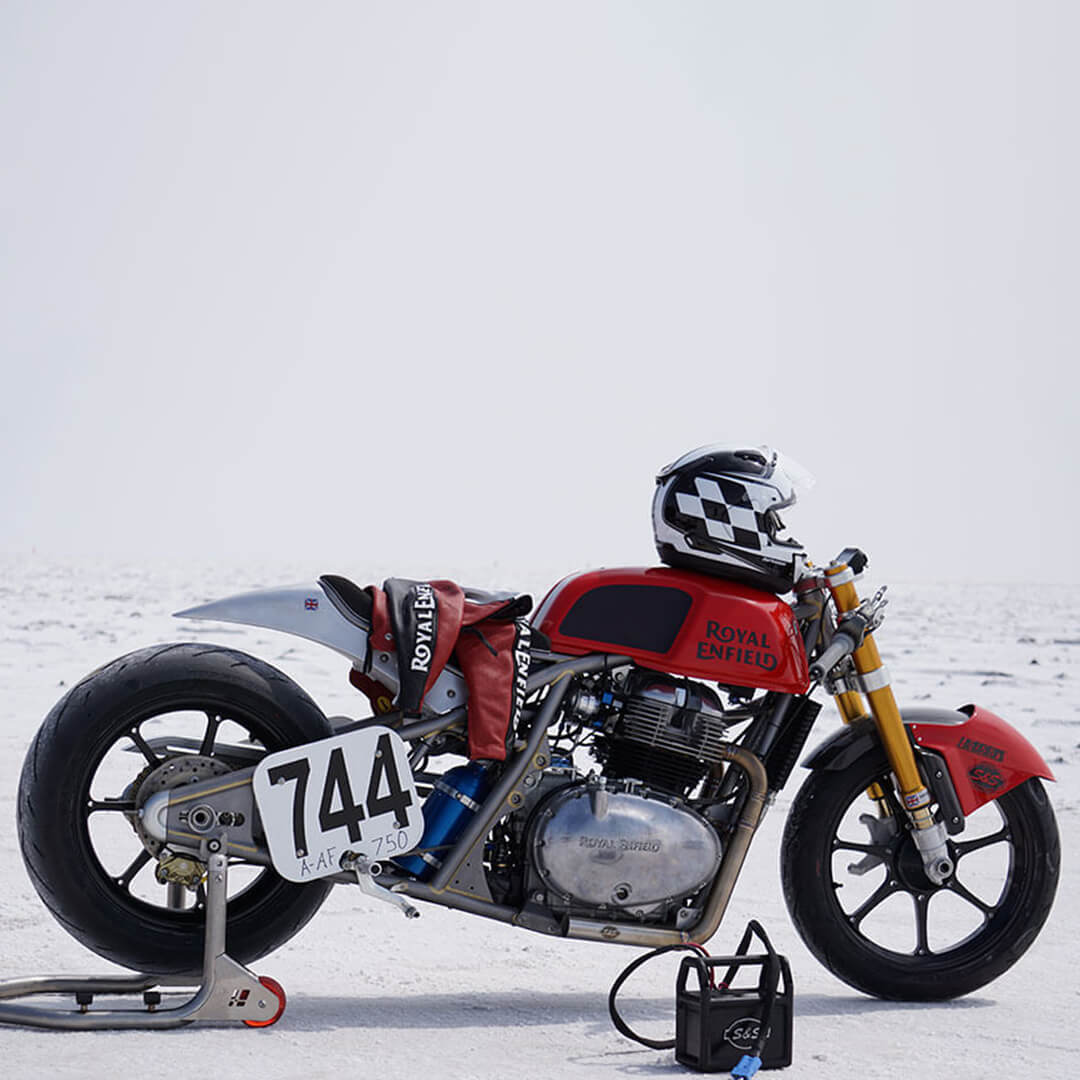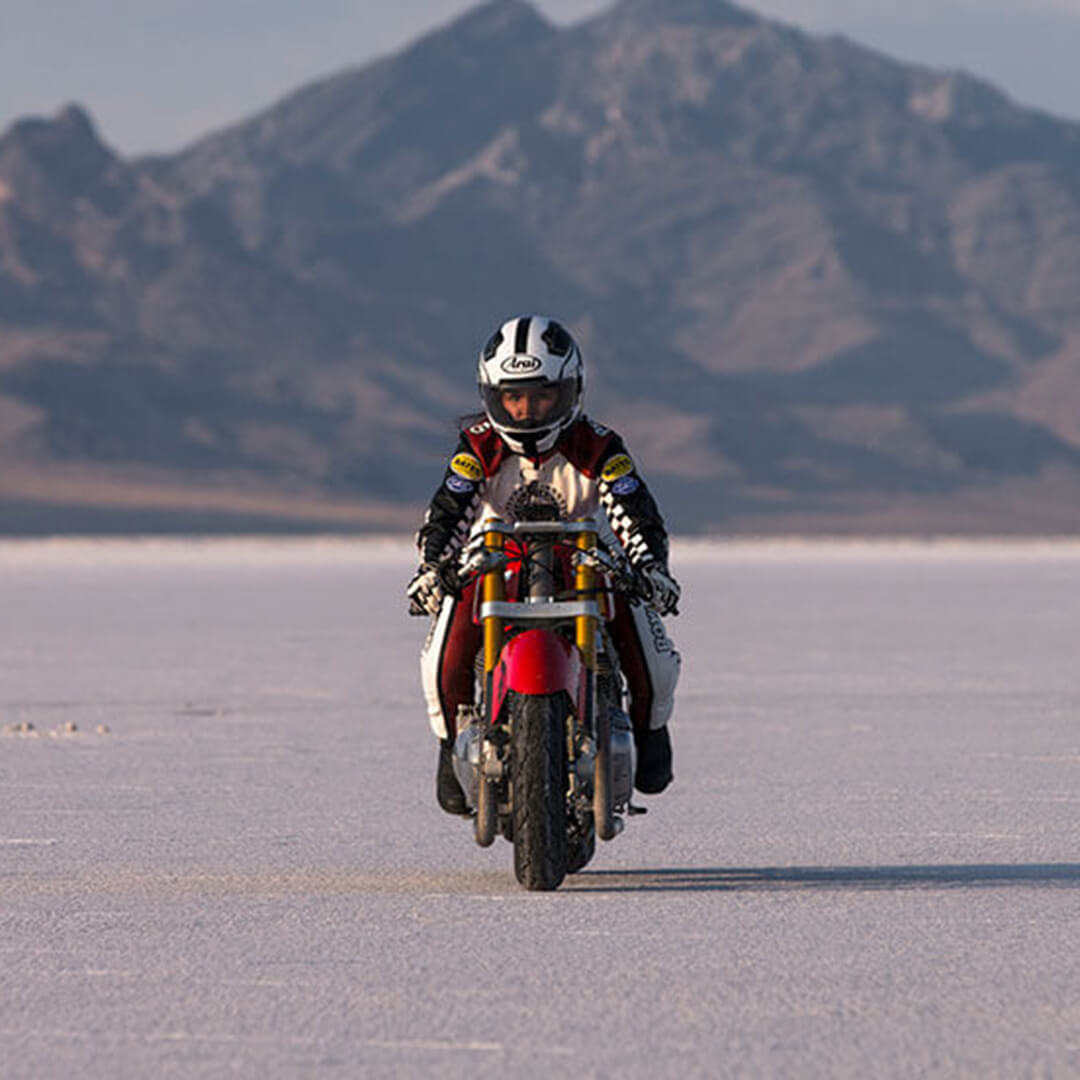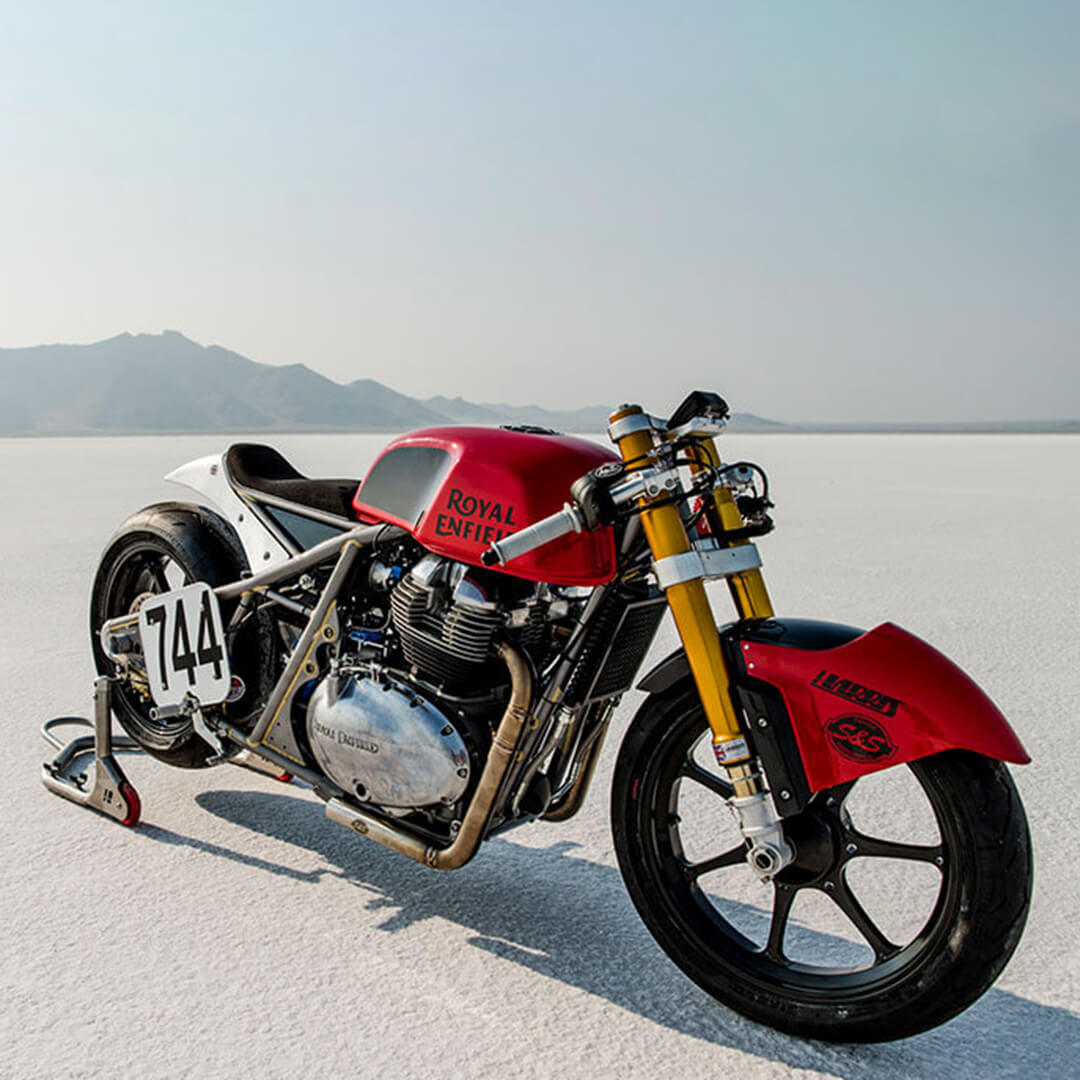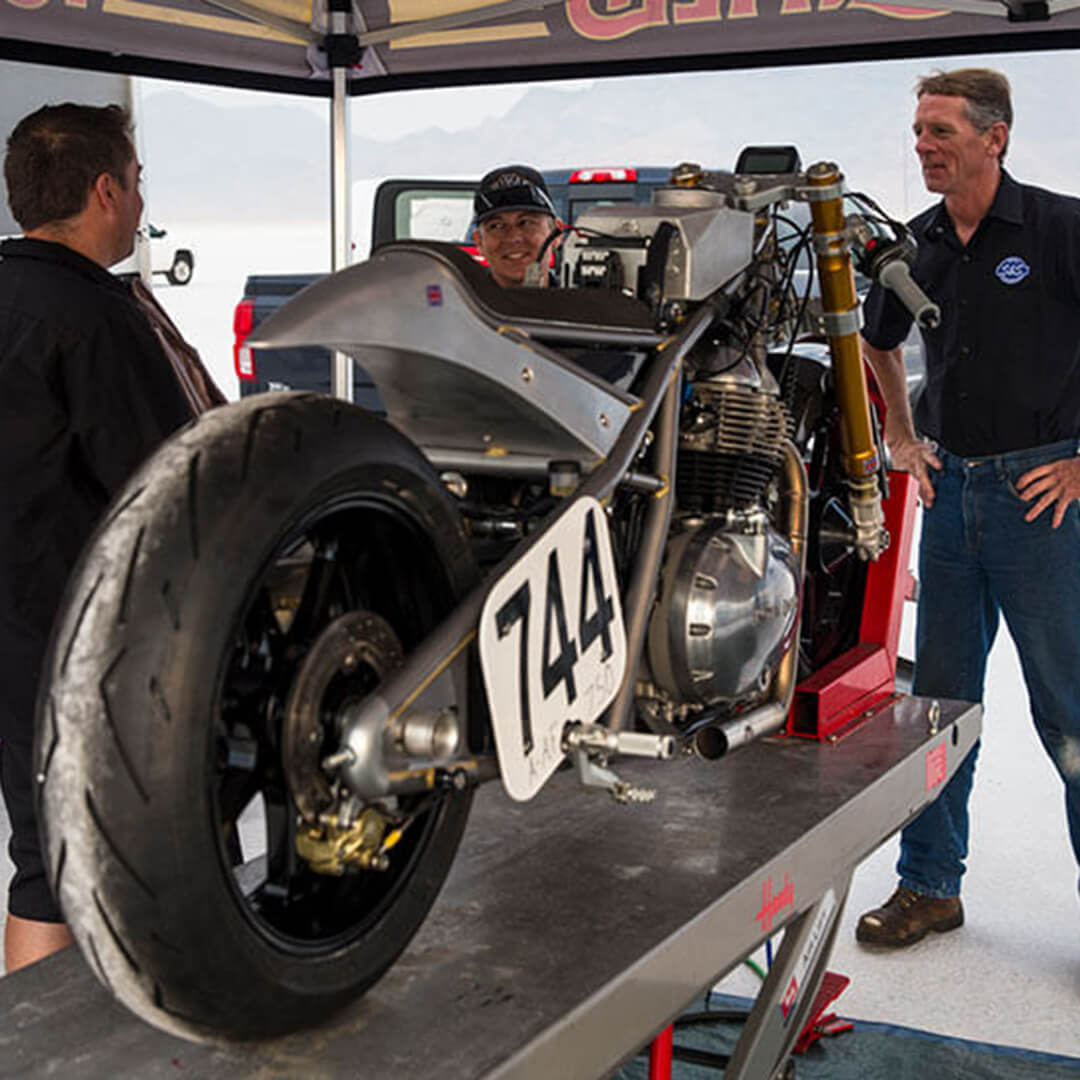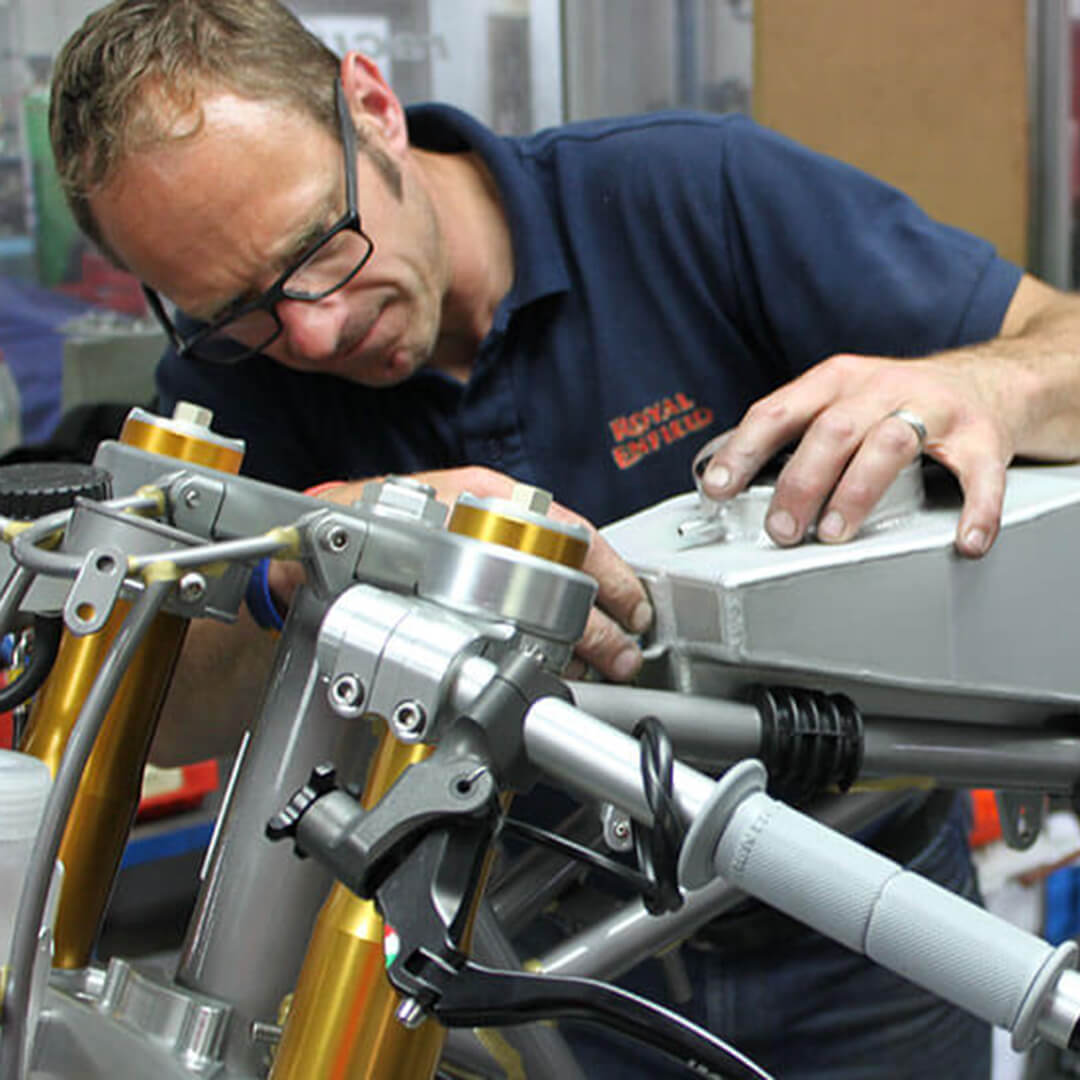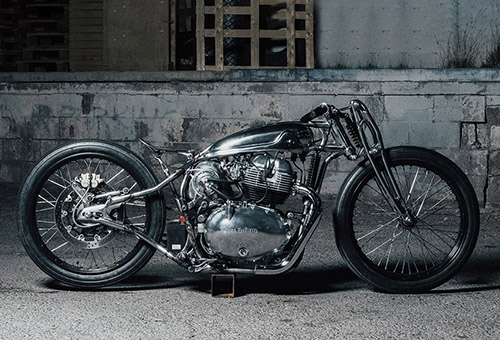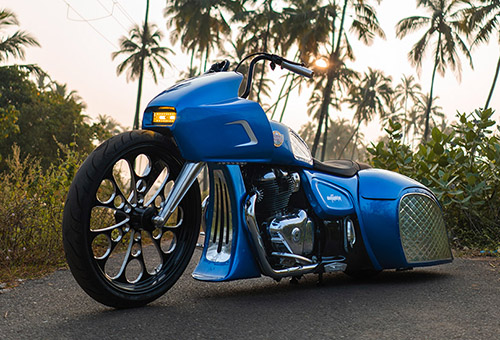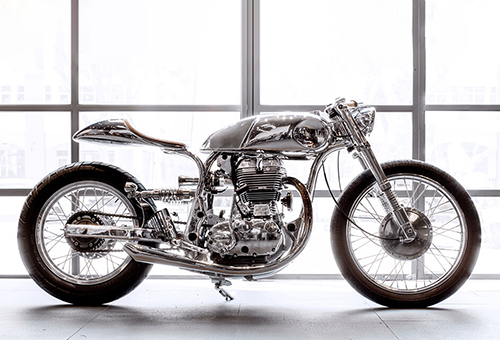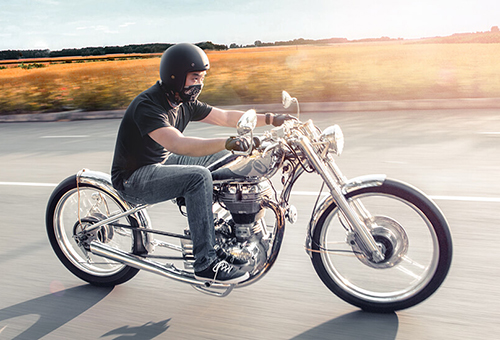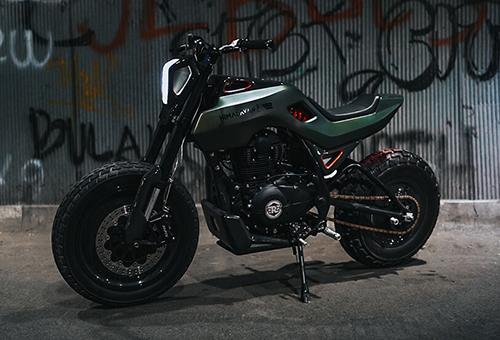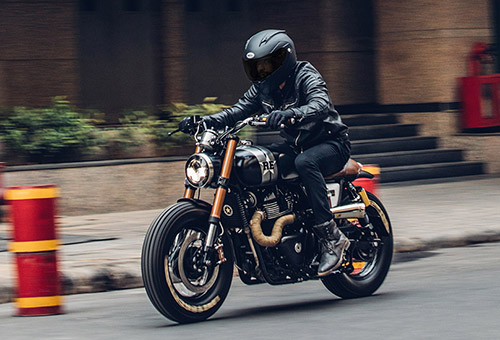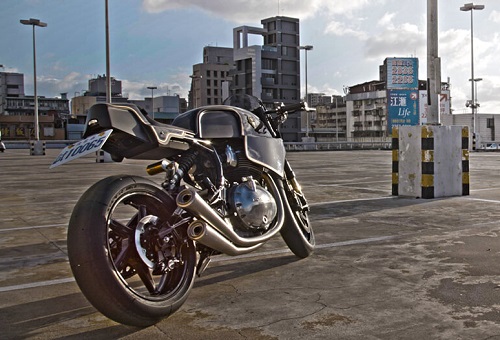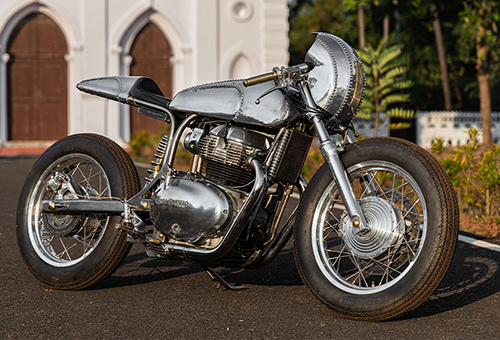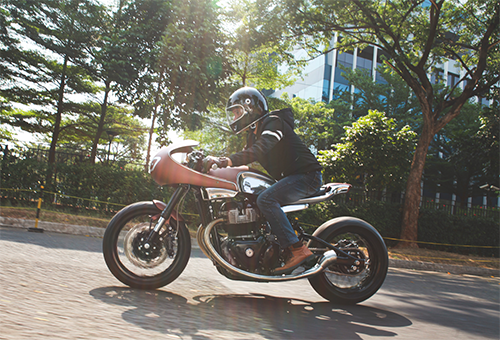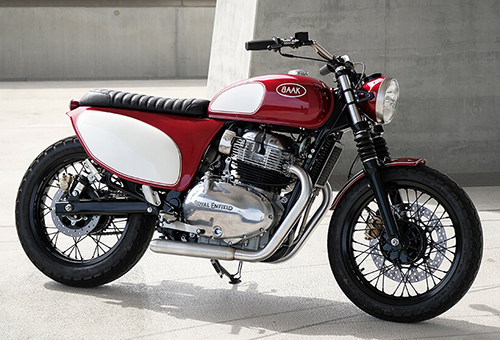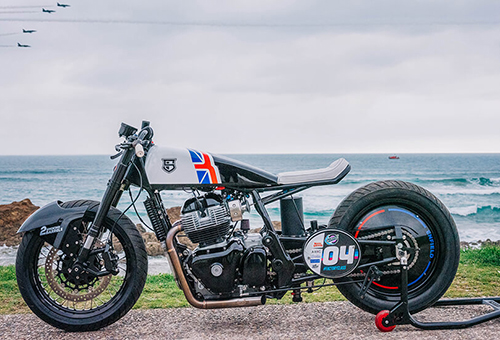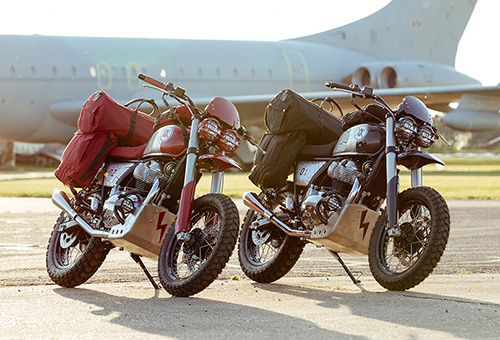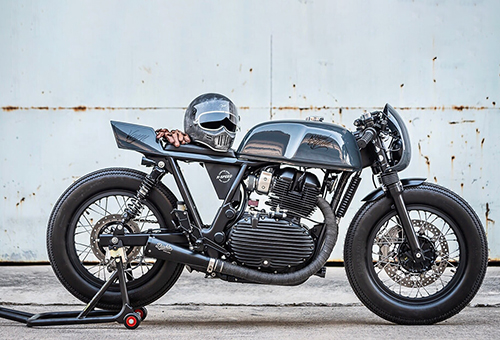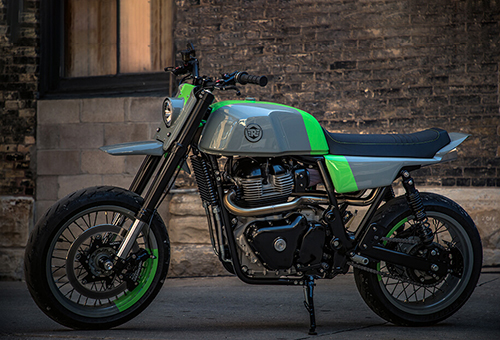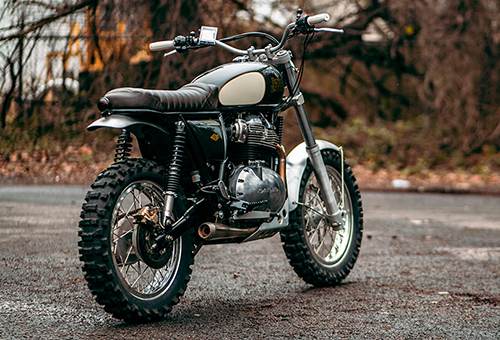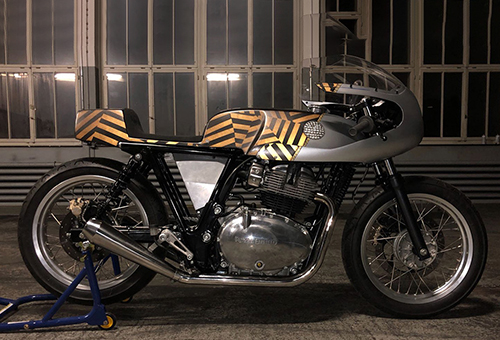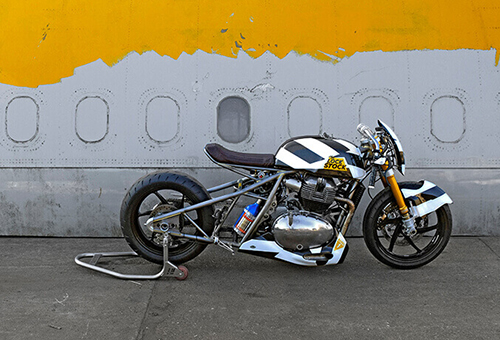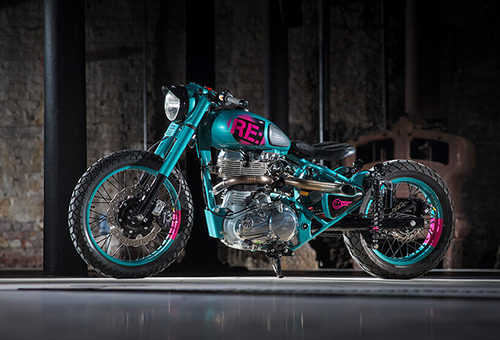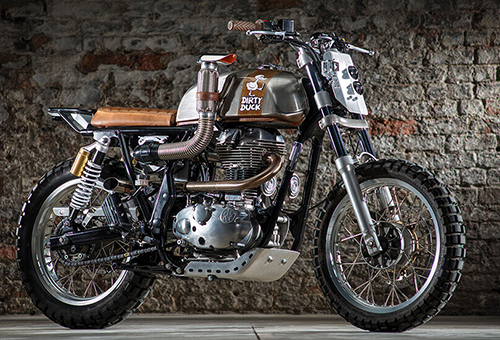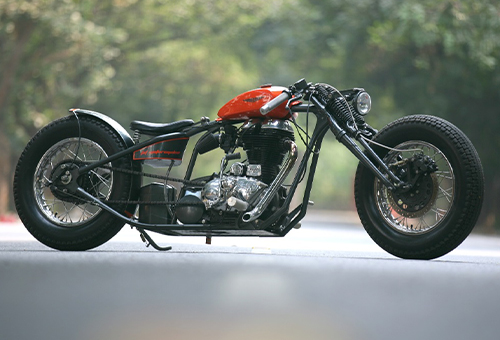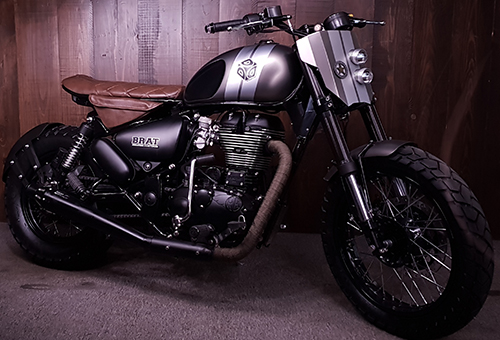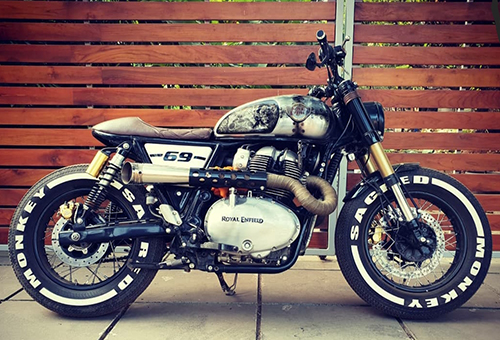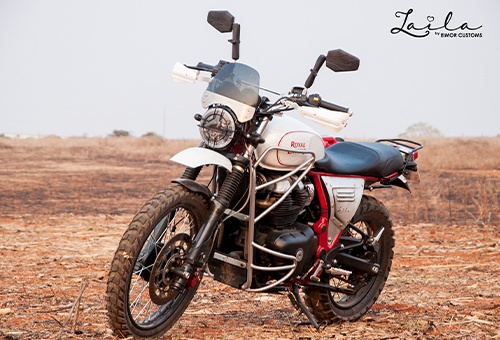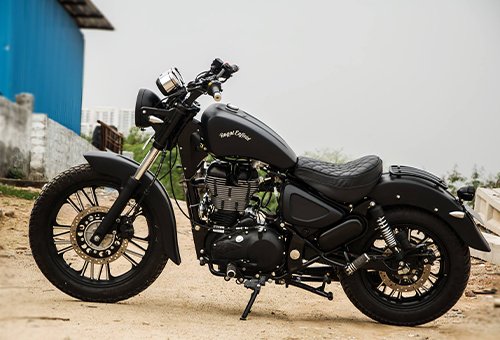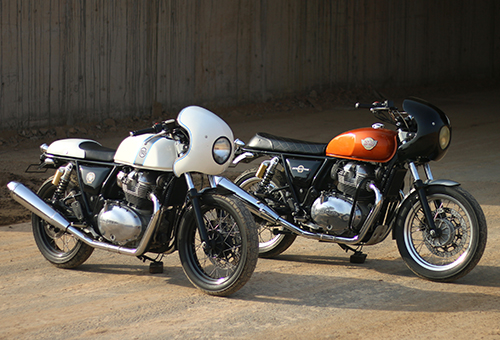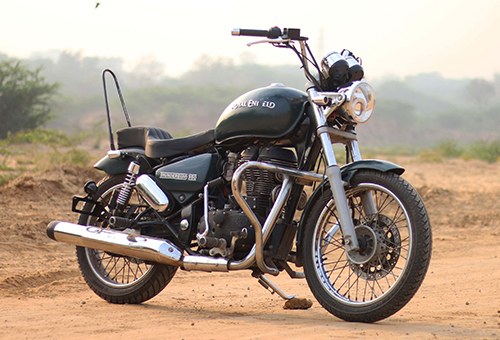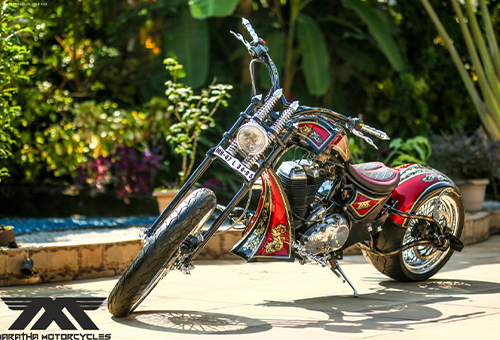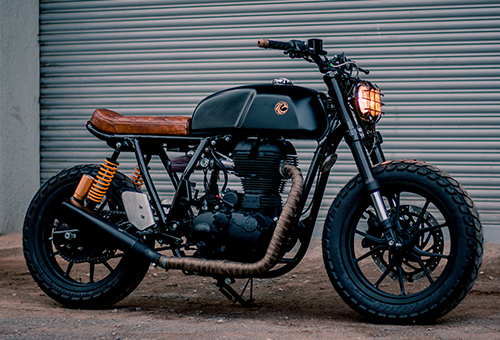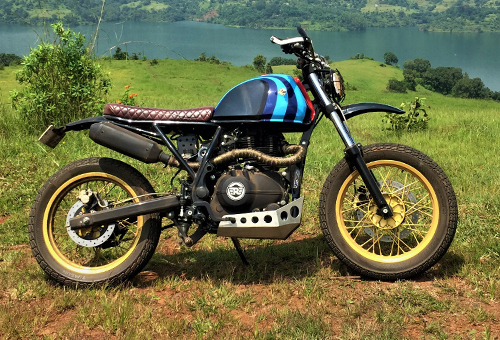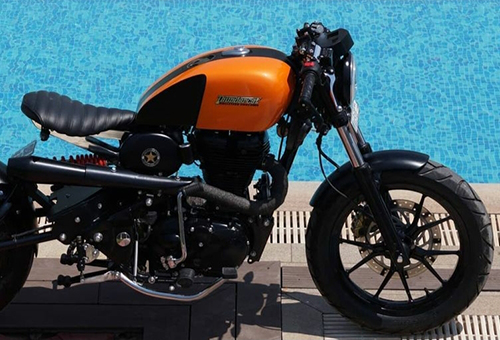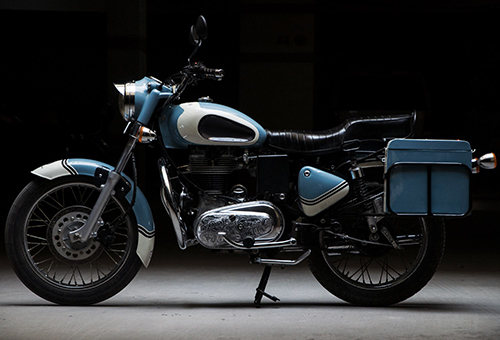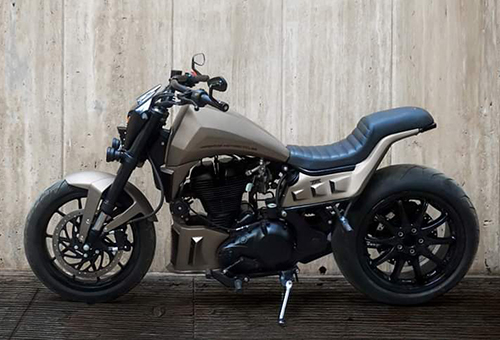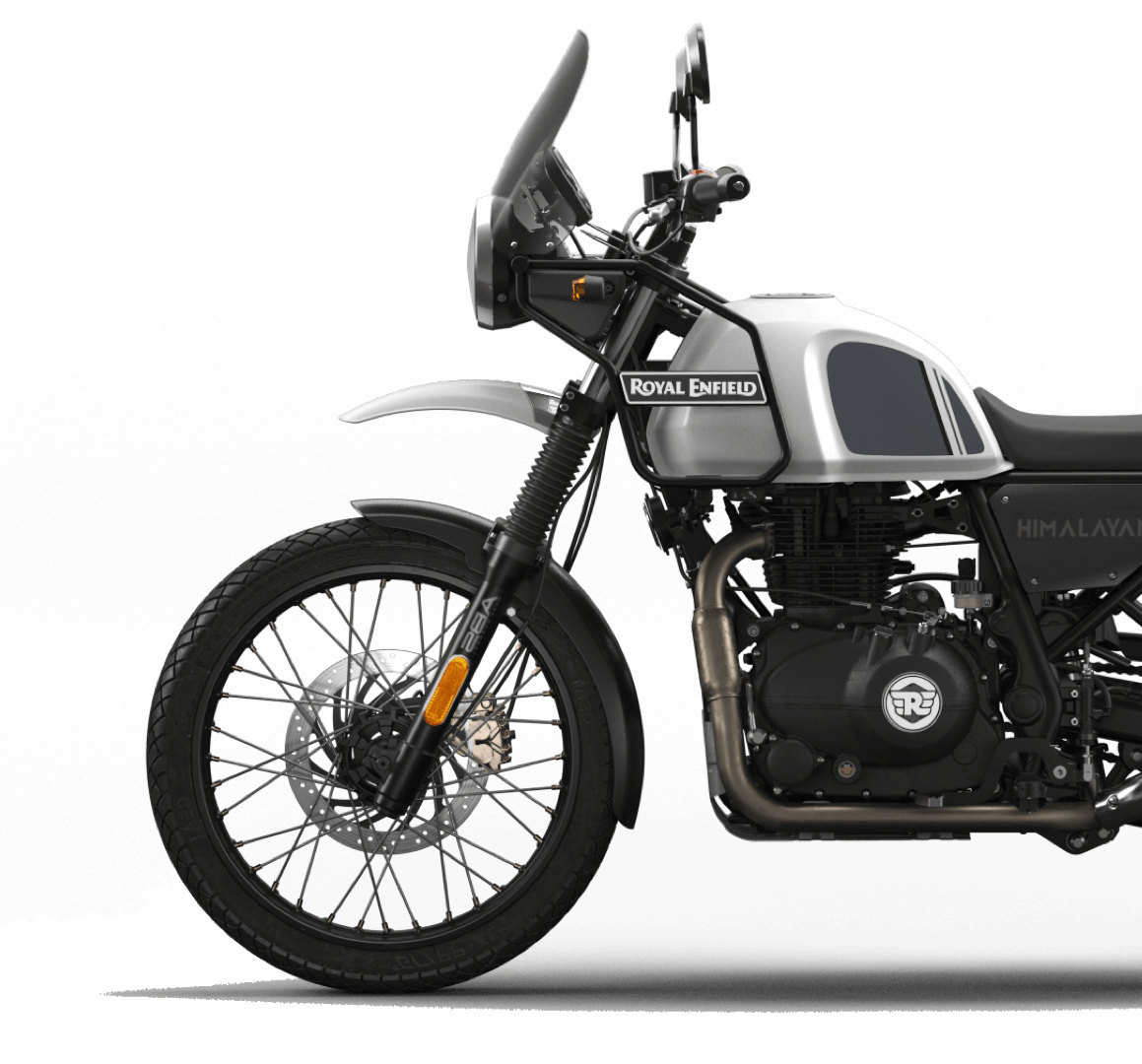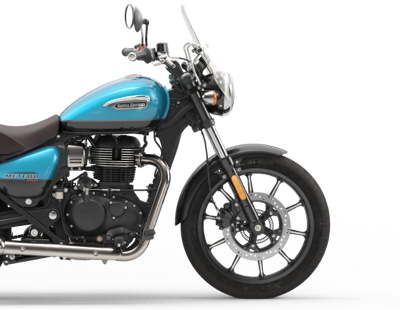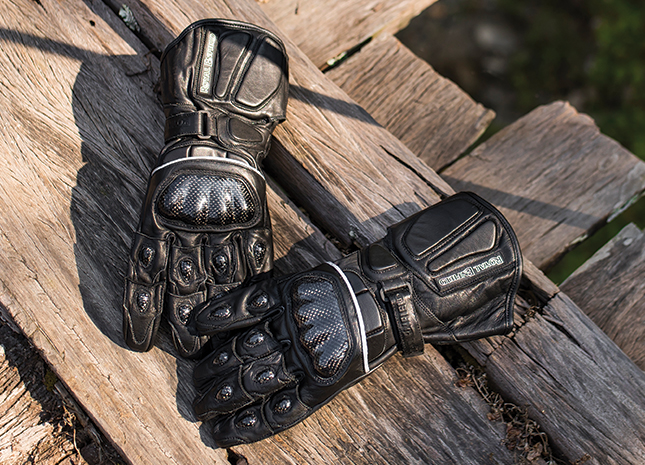Royal Enfield is about the joy of pure riding - the sensation of going beyond the daily grind - engaging with and challenging the world around you through new and exciting experiences. We try to live that ethos at RE, and this year, to highlight the game changing capability of our all new 650 Twin motor teamed up with S&S Cycle, Harris Performance and rider Cayla Rivas to see what exciting and new things we could really do with the motor. And find out we did, as we went chasing after the FIM record for twin cylinder, naturally aspirated motorcycles from 600-750cc at the iconic Bonneville Salt Flats in Utah, USA.
Our goal was seemingly simple : take the record, last held by Alan Cathcart at a speed of 100.984mph over the measured mile with a successful return run in excess of that - something that previous record attempts by Royal Enfields had failed to achieve. (For an FIM record, two runs are necessary - the first to post a time beating the standing record and a second return run to confirm it. This must be accomplished within 2hrs and the average time of the two runs is used to cement the record).
This was a completely new experience for us at RE, having never put together a Bonneville effort, so to really understand how we could get the most out of our 650 Twin we decided to partner with the best experts we could find, The first port of call, for the motor, was S&S Cycle in the US, whose previous work with us on the Lock Stock drag bike in Europe - and their extensive experience in both tuning motors and racing them at the Salt Flats - prepared them for getting the most out of the motor. Next came Harris Performance, a subsidiary of our parent company Eicher Motors and our go to for all things chassis related. Harris are masters in the art of chassis design, having built GP and superbike chassis for some of the best riders in the game, but had never built a speed trials bike before. Not to be deterred, and having also worked with S&S on the Lock Stock drag bike, they jumped right in. The last component came in the form of the young but formidable Cayla Rivas, the daughter of experienced Salt Flats record holder Chris Rivas and holder of several records in her own right. She has speed in her blood and her goal was simple - go as faster than she ever had before.
The team, held together by a brief and design direction from our in-house design team, set to work and a few short months later our Bonneville Racer was ready to taste the salt. Many things could have gone wrong - the motor is all new and untested on the salt - and as a pre-production unit, parts were in scarce supply. While most teams choose a motor that has a good history and a healthy ecosystem of knowledge behind it, our RE Twin is all new...we are creating the knowledge for others. Harris had never designed a speed trials chassis before - would the knowledge from road racing translate onto the harsh and unpredictable environment of the Salt Flats? And finally Cayla...experienced but still young - would she be able to take this all new machine to the top of the record books, having never ridden - or even seen it - before arriving at the Salt Flats on day one? And of course there was our past history at the Salt Flats, and the curse of not yet achieving the return run.
Any fears we had were immediately put to rest, as Cayla’s confidence and the extraordinary professionalism of the team coalesced into a tireless machine, burning through the week with 22 runs and racing until the very last moment. On her first return run, on day one, (and with only one slow speed trial on the bike before), the record was shattered at over 132mph without nitrous. Sensing there was still more to get from the motor, we went on the hunt for more speed, ending the first day at 139mph. On the second day we started playing with the nitrous system and never looked back - continuing to break our own record several times over the rest of the week. Progressive gear ratio changes, wheelbase adjustment and other nips and tucks brought our final top speed to over 159mph on the measured mile, with a record return run average at 157.053 (pending FIM certification). This is over 20mph more than we had planned on being able to achieve or had even designed for - a testament to an amazingly flexible base motor and an extraordinary team whose passion and expertise and willingness to go for it made this all possible.

